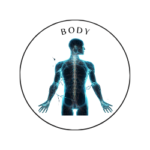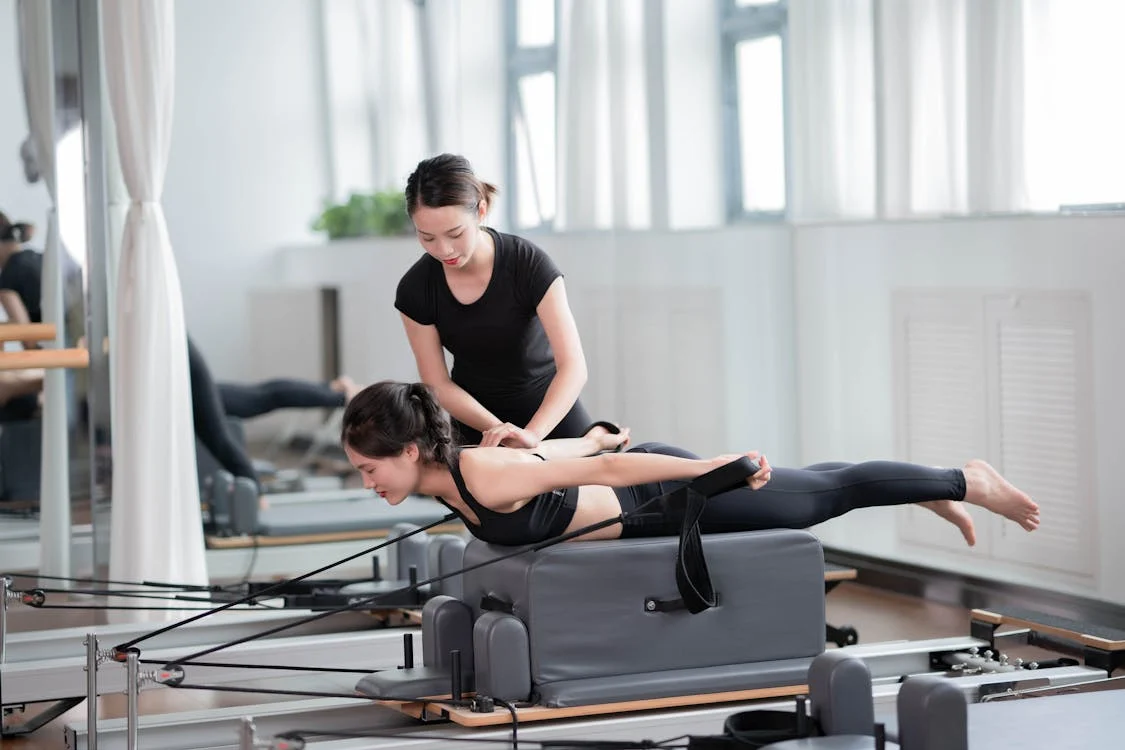 Mind
Mind
- Digital and Modern Well-being
- Mental Health and Emotional Well-being
- Mind-Body Connection and Holistic Health
- Parenting and Family
- Personal Growth and Development
- Relationships and Social Well-being
- Stress and Relaxation
- Therapeutic and Creative Practices
- Trauma and Recovery
- Work, Productivity, and Discipline
 Body
Body
 Fitness
Fitness
 Food
Food
 Beauty
Beauty
Posture & Core Stability

Posture and Core Stability: The Foundation of Physical Health
When we think of physical fitness, the images that often come to mind are running, lifting weights, or stretching. But there’s another vital component that often goes unnoticed in our day-to-day activities: posture and core stability. Both are critical for overall physical health, whether you’re working at a desk, lifting groceries, or engaging in high-intensity exercise. Let’s dive deep into why posture and core stability matter and how you can improve both for long-term wellness.
Why Good Posture Matters
Good posture isn’t just about standing up straight for the sake of appearances; it’s a fundamental part of our physical health. Posture refers to the alignment of our body parts – how we stand, sit, or move – in relation to one another. Proper posture keeps the bones and joints in the correct alignment so that muscles are being used efficiently. This helps prevent strain and overuse, which can lead to injury.
Poor posture, on the other hand, can have a cascade of negative effects:
- Chronic pain: Particularly in the back, neck, and shoulders, caused by muscles overcompensating.
- Increased risk of injury: Bad posture can put undue stress on your spine and other joints, leading to injury during physical activities.
- Reduced lung capacity: Slouching compresses your lungs and diaphragm, limiting your breathing ability, which in turn affects your energy levels and focus.
- Impaired digestion: Slouching can also compress your digestive organs, leading to digestive issues like bloating or heartburn.
Understanding Core Stability
The “core” refers to much more than just your abdominal muscles. It encompasses the entire torso, including the muscles of your back, pelvis, and even hips. These muscles work together to stabilise your body during movement and protect your spine from injury.
Core stability is the ability to control your core muscles to maintain good posture and alignment during physical activities. When your core is stable, it supports your spine and pelvis, allowing your limbs to move more efficiently and powerfully. Whether you’re lifting, running, or even sitting, a strong core helps to:
- Prevent injury: By reducing strain on your spine and allowing for better control of your body’s movements.
- Improve balance and coordination: A stable core provides a solid foundation for your limbs to move more effectively.
- Enhance performance: In any physical activity, from sports to everyday tasks like carrying groceries, a strong core translates into greater power and control.
The Link Between Posture and Core Stability
The relationship between posture and core stability is symbiotic. Good posture relies on strong core muscles to hold your body in proper alignment, while a stable core helps to maintain that alignment throughout your movements. Without core strength, it’s difficult to maintain good posture for extended periods. Similarly, poor posture weakens the muscles of the core, leading to a vicious cycle of discomfort and instability.
How to Improve Posture and Core Stability
Improving posture and core stability requires a combination of awareness, daily habits, and specific exercises. Here’s how you can start working on both:
1. Postural Awareness
One of the simplest ways to improve your posture is by being aware of it. Start by making small adjustments to your posture throughout the day:
- Sitting posture: Sit with your feet flat on the floor, your back straight, and your shoulders relaxed. Keep your head aligned with your spine rather than leaning forward.
- Standing posture: Stand with your feet hip-width apart, knees slightly bent, shoulders back, and chin parallel to the ground. Engage your core to maintain alignment.
2. Core Strengthening Exercises
Strengthening your core muscles doesn’t require a gym membership or expensive equipment. Here are a few simple exercises that target the entire core:
Plank: This is a classic exercise that strengthens the entire core, from the abdominal muscles to the back. Start by holding a plank position (like a push-up but resting on your forearms) for 20–30 seconds, working up to longer holds as you get stronger.
Bird-Dog: Begin on your hands and knees, keeping your back straight. Extend one arm forward and the opposite leg backward, maintaining balance and stability. Alternate sides for 10–12 reps.
Dead Bug: Lie on your back with your arms pointing toward the ceiling and your legs in a tabletop position. Slowly lower one arm and the opposite leg toward the ground while keeping your core engaged, then return to the starting position. Alternate sides for 10–12 reps.
Pelvic Tilt: This gentle exercise helps improve lower back stability. Lie on your back with your knees bent and feet flat on the floor. Flatten your lower back against the floor by gently tilting your pelvis upward and tightening your abdominal muscles. Hold for a few seconds and release.
3. Stretching for Flexibility
Tight muscles, especially in the hips, hamstrings, and lower back, can negatively affect both posture and core stability. Incorporate these stretches into your routine to improve flexibility and posture:
Hip Flexor Stretch: Kneel on one knee, with the other foot in front, forming a 90-degree angle at both knees. Push your hips forward gently to stretch the hip flexor on the kneeling leg. Hold for 20–30 seconds on each side.
Cat-Cow Stretch: Start on your hands and knees. Arch your back toward the ceiling like a cat, then dip your back toward the floor as you lift your head and tailbone. This dynamic stretch improves flexibility in the spine.
4. Daily Habits for Better Posture
Improving posture also comes down to daily habits. Here are some tips:
- Break up long periods of sitting: Take regular breaks to stand, walk, and stretch to prevent stiffness and poor posture.
- Adjust your workspace: Make sure your computer screen is at eye level and your chair supports your lower back.
- Wear supportive footwear: High heels or flat shoes without proper arch support can throw off your posture.
5. Mindful Movements
Mindfulness plays a key role in posture and core stability. Practices like yoga and Pilates focus on controlled movements that improve core strength and posture, all while promoting body awareness. As you move, pay attention to how your body feels. Are you slouching? Is your core engaged? Simple mindfulness cues can make a big difference in posture and stability over time.
The Long-Term Benefits
When you focus on improving both posture and core stability, the benefits extend far beyond looking more confident:
- Reduced pain: You’ll experience less strain on your spine and joints, helping to alleviate common issues like lower back pain.
- Injury prevention: A stable core supports your body during all kinds of movements, reducing the risk of injury during exercise and everyday activities.
- Improved athletic performance: Whether you’re a runner, swimmer, or yogi, a strong core helps you perform more efficiently and with greater power.
- Enhanced balance and coordination: Good posture and core stability work hand-in-hand to improve your balance, making you more resilient in both sports and everyday life.
Final Thoughts
Posture and core stability form the foundation of physical health. Strengthening your core and being mindful of your posture can prevent pain, improve your mobility, and enhance your overall wellbeing. With the right exercises, daily habits, and a little mindfulness, you can strengthen your body from the inside out, ensuring you move through life with strength and ease.
Take small steps today towards better posture and core stability, and watch the positive impact it has on your overall health and wellbeing.
